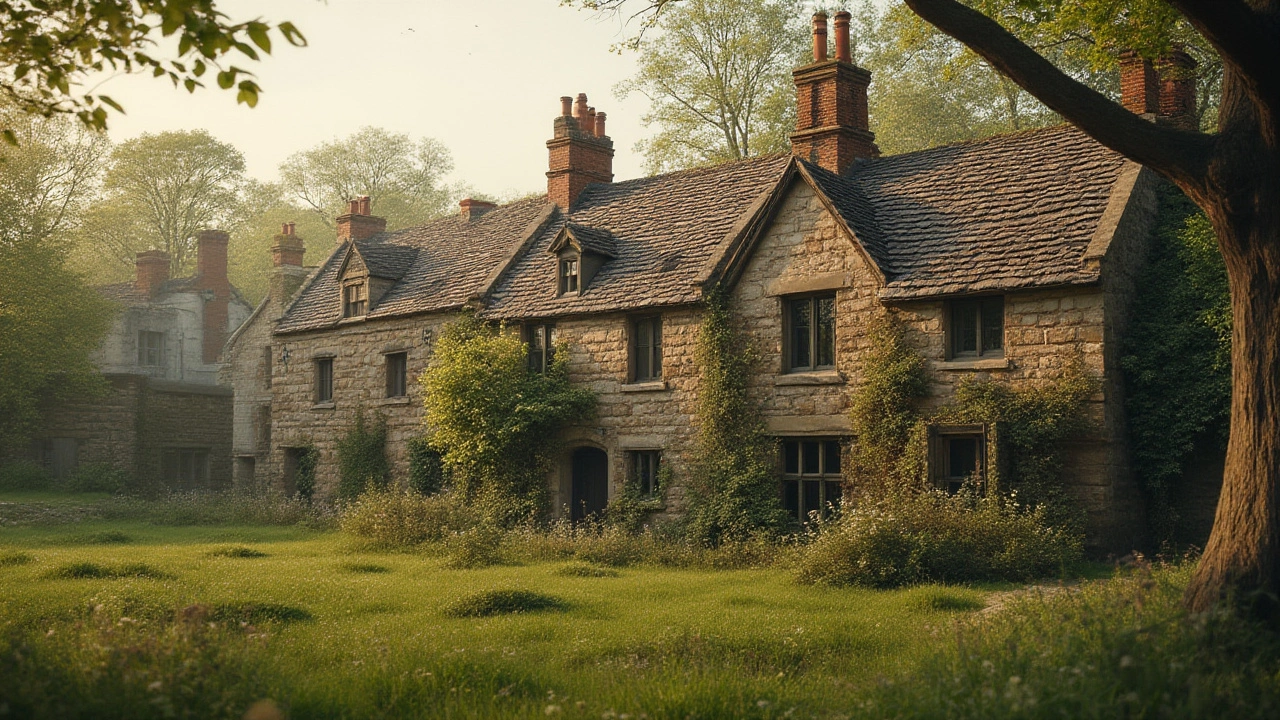Discover which building materials make houses last the longest, comparing stone, brick, concrete, and new options. Find out what really stands the test of time.
Durable Building Materials: Choose What Lasts
When you’re building or renovating, you want everything to stay solid for years, not crack or wear out after a season. Picking the right materials up front saves money, frustration, and those late‑night repair calls. Below we break down the most reliable options and give you quick tips to pick the best fit for your project.
Top Materials That Keep Their Strength Over Time
Concrete is the backbone of most structures. Modern mixes with additives resist cracking, shrinkage, and freeze‑thaw cycles. If you’re pouring a slab, a garage floor, or a foundation, choose a concrete grade that matches the load it’ll bear and add a sealant for extra protection.
Steel offers unmatched tensile strength. It’s great for beams, columns, and reinforced walls. Look for galvanized or coated steel if the piece will face moisture – the coating stops rust before it starts.
Timber can be a durable choice when it’s properly treated. Engineered wood, like LVL or glulam, handles humidity better than solid softwood. For outdoor decks, go for naturally oily species such as ipe or use pressure‑treated lumber with a non‑toxic preservative.
Brick and block have been reliable for centuries. Fired clay bricks resist fire and moisture, while concrete blocks give good load‑bearing capacity. Check the compressive strength rating on the packaging; higher numbers mean a tougher wall.
Vinyl flooring is often overlooked, but a good quality vinyl can last 20‑30 years with proper care. It resists water, stains, and everyday wear, making it perfect for kitchens, bathrooms, and high‑traffic areas. Follow the cleaning guide from the manufacturer to keep it looking fresh.
Tips for Picking the Right Durable Material
1. Know the environment. Wet basements need water‑resistant materials, while sunny rooftops need UV‑stable options. Match the material to the climate to avoid premature decay.
2. Check certifications. Look for CE, ISO, or local building‑code stamps. These show the product met tested durability standards.
3. Consider maintenance. Some strong materials, like stainless steel, need almost no upkeep; others, like untreated timber, need regular sealing. Choose what fits your time and budget.
4. Think about the life‑cycle cost. A cheaper material might need replacement sooner, costing more in the long run. Compare initial price with expected lifespan.
5. Ask for samples. Feel the texture, look at the colour, and test a small piece for water absorption or flex. Real‑world testing beats specs on paper.
By focusing on these points, you can avoid the common pitfall of “cheapest now, costly later.” Durable building materials not only protect your investment but also improve the safety and comfort of the space.
Ready to start? Grab a checklist, visit a reputable supplier, and ask for advice on the specific grades that suit your project. With the right choices, your building will stand strong for decades, and you’ll enjoy peace of mind knowing it was built to last.
